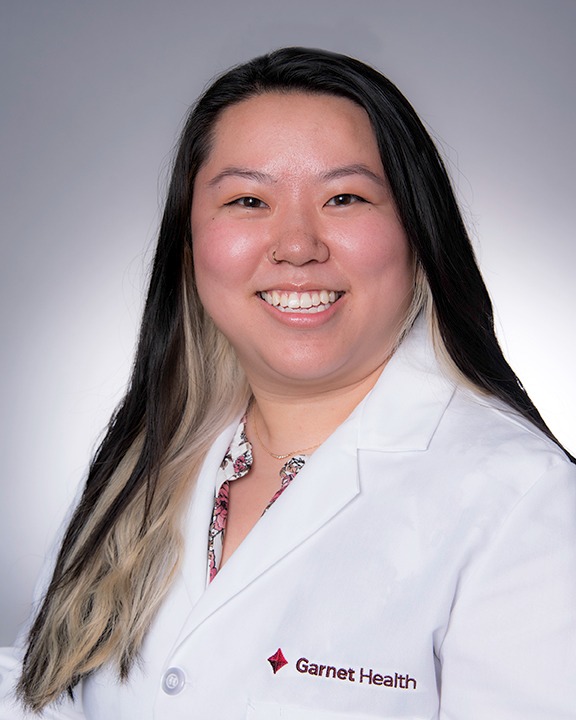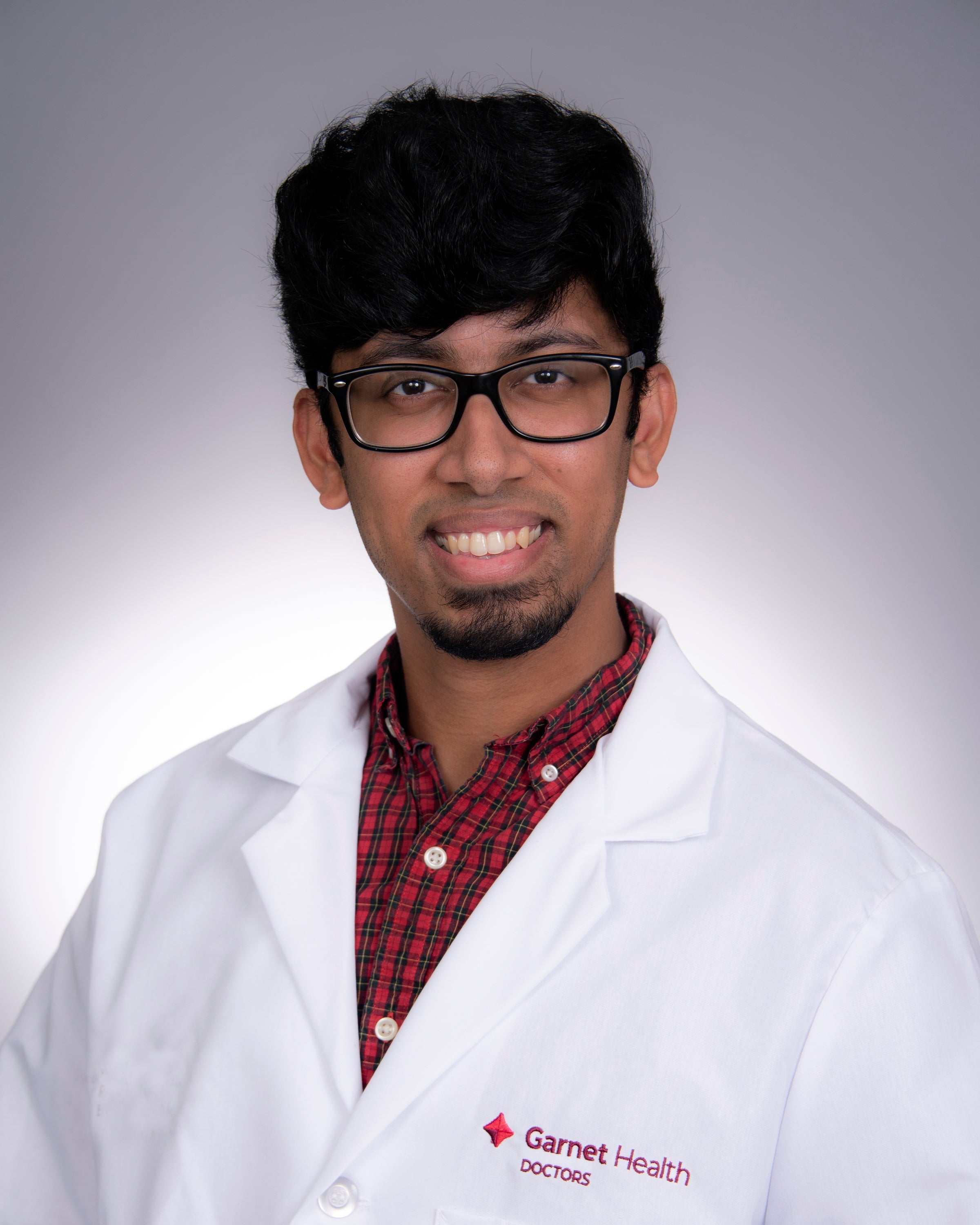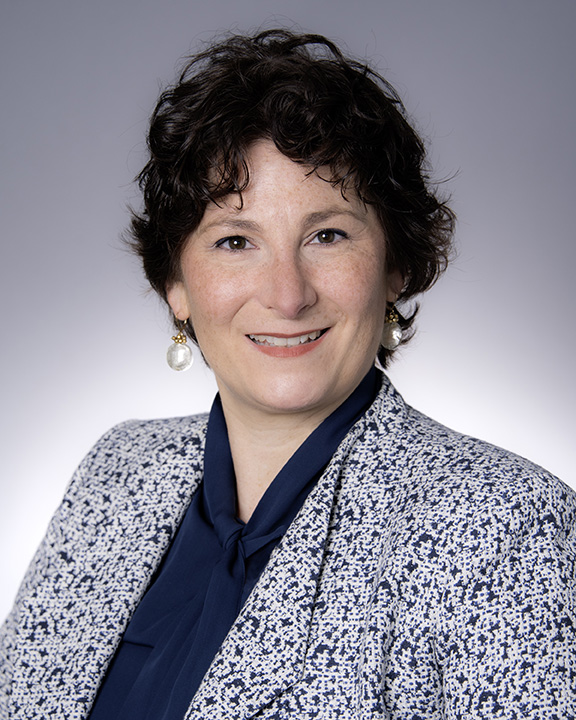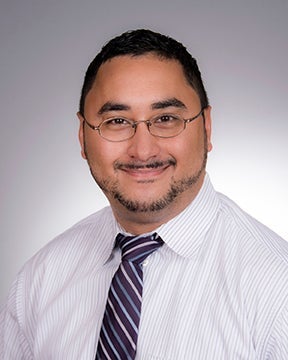Thyroid Surgery & Procedures at Garnet Health
There are many surgical approaches to thyroid and parathyroid surgery, for example traditional or minimally invasive. It's important to know which approach best suits your particular case.
Thyroidectomy
The range of thyroid surgery extends from a lobectomy (removal of a half of a gland) to a subtotal thyroidectomy (leaving a strip of tissue next to the nerve) to a total thyroidectomy.
In the United States, most thyroid cancer patients will undergo a total removal of the gland. Removal of a half of a thyroid is generally reserved for benign (non cancerous disease) or non-diagnostic preoperative biopsy. Patients with thyroid cancer may also require a neck dissection (removal of the lymph nodes) to increase their healing process as opposed to their cure rate.
The size of the incision will depend on the surgical approach that the surgeon chooses to employ. Generally, patients with large glands; large nodules; Hashimoto's disease; thyroid cancer; heavy set neck and previous operations may not be candidates for a minimal access approach and may need a larger incision. A typical thyroid incision is about 2 to 3 inches, whereas a typical minimal access scar is between ¾ inch to 1 ½ inches.
The duration of a thyroid/parathyroid surgery has many variables and your surgeon will discuss surgical time as it applies to your particular case.
Parathyroidectomy
Parathyroidectomy is a procedure used to remove a malfunctioning parathyroid gland. Most people (80 percent) will have one affected gland, however about 10 to 15 percent of patients will have four affected glands, and about two to five percent will have two glands.
In the case of a well localized single gland disease, a small incision can be made. However, if a gland is not found on pre-operative imaging or more than one gland is affected, a more involved exploration on both sides of the neck may be needed.
What To Expect: Before, During & After Thyroid Surgery
Surgical treatment of thyroid disease/cancer will often begin with a surgical consultation and pre-surgical testing using diagnostic imaging and testing to access the extent of the condition. This allows our physicians and surgeons to develop a customized and specific treatment plan for each and every patient.
Typical surgical consultation begins with a thorough medical history exam. Your surgeon will review your radiology imaging:
- Ultrasound
- CT scan
- All of your recent laboratory tests
He/she may also decide to order more tests. A decision to proceed with surgery usually balances the benefits of surgery against the risks.
Once the decision is made, your surgeon will discuss the type of the operation that he/she feels will serve you best, as well as any risks or potential complications. This is the time to inquire about the experience of a surgeon with a particular approach and his/her rate of complications. This is particularly important when it comes to thyroid cancer, because management of thyroid cancer gages very heavily on the success and the extent of initial operation.
During Your Procedure
Rapid Parathyroid Hormone Assay is a blood test that is performed during thyroid/parathyroid surgery that assists the physician in determining if the surgery is successful. An elevated Parathyroid Hormone Level (PTH) indicates an issue with the thyroid/parathyroid and typically requires surgery to remove the affected nodule.
During the patient's surgery, the diseased Parathyroid nodule is located and removed. After the removal, the patient's blood is drawn and analyzed. If the PTH level has dropped, it indicates that the surgery has been successful. If the PTH level has not changed it indicates that further exploration is needed.
This technology, which until now was only available at major academic medical centers, assists surgeons with predicting and/or preventing post-op complications.
Postoperative Course
In the past, patients after thyroid/parathyroid surgery had been observed in the hospital for 24 hours. Today, many patients who undergo parathyroid and hemithyroid (half of the thyroid removed) surgery are sent home after a 6 hour observation.
Some total thyroidectomy (complete removal of the thyroid) patients may be sent home the same day at the surgeon's discretion. Patients with associated medical problems, excessive intra-operative bleeding, potential calcium problems and extensive surgical excisions will have to stay at least 24 hours. Upon discharge and as you return home after your surgery, your doctor will advise you on the following items:
- Typically, patients are sent home with prescriptions for: pain relievers; thyroid hormone (total thyroidectomy patients); and calcium supplements - which may be stopped within two weeks after surgery.
- The incision should not get wet for the first 48 hours after surgery.
- Skin sutures are removed one week after surgery.
- Patients will see their endocrinologist two weeks after surgery.
- Strenuous activities should be restricted for the first postoperative week. During the second week activities may be increased as tolerated.
You should call your surgeon if you feel neck swelling; fever; nausea; vomiting; "crawling and tingling" sensation in the extremities; numbness around the lips or weakness as these may be signs of postoperative hypocalcemia.
Surgical Complications
The following is the list of possible complications that your surgeon will discuss with you:
- Risk of bleeding
- Infection
- Scarring
- Swallowing
- Voice change or nerve injury
- A risk of calcium abnormalities after surgery
As with any other surgery, these risks are present but in experienced hands, the rate should be minuet. For example: The risk of nerve injury should be between one and two percent; and the risk of permanent calcium problems should be one to three out of every 1,000 patients.
However, it is also important to realize that there are transient problems than may occur in a postoperative period, such as:
- Hypocalcemia (drop in calcium) - The risk of temporary hypocalcemia that does require treatment can be as high as eight to eighteen percent, whereas about 80 perecent of patients may experience a drop in calcium that does not require any treatment.
- Dysphonia (voice change) - The rate of a subtle voice change may be as high as 80 percent immediately after surgery, but most people will recover within 3 months without any problems.
- Problems with swallowing
Your surgeon will also discuss with you any additional treatment that may be needed, such as thyroid hormone replacement, vitamin D and iodine treatment (for thyroid cancer).





